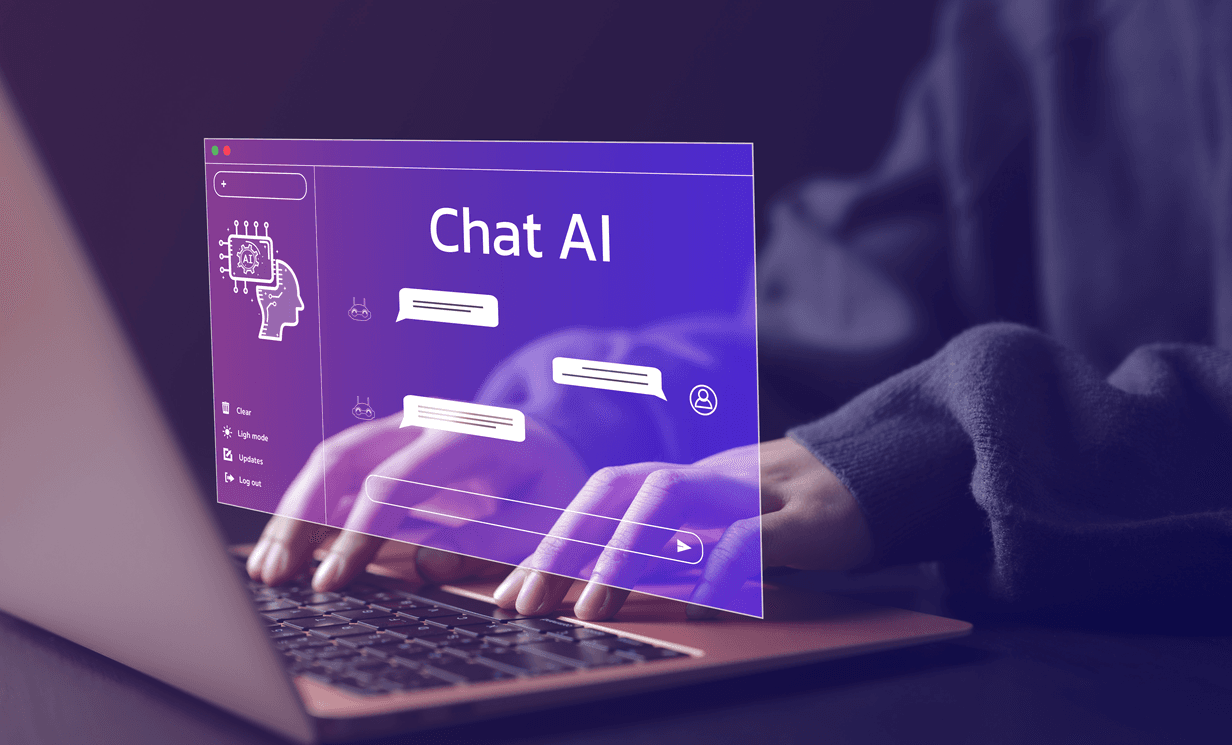Insights

06 Jan, 2026
Beyond Trend Hunting: Five Shifts Worth Betting On in 2026
Read More
Phiala Mehring
18 Aug, 2023 | 2 minutes
With artificial intelligence infiltrating all aspects of consumer research, I’ve been getting a grip on how it can support the work of sensory specialists. Can it really help household brands deliver better product experiences, or is it simply about speed to market?
Previously, we have warned against getting too excited about what AI can achieve. Predicting human experience for a new product is infinitely complex and not something that an algorithm and big data can completely solve. This is because of the way people process sensory information. Our senses are intimately entwined, so how we experience one sensory modality – let’s say texture – is heavily informed by the unique configuration of adjacent characteristics. In blatant terms, the people’s verdict on the taste or performance of your next product is codependent on how it looks, smells, and sounds.
Nevertheless, I’ve been experimenting with AI tools and AI assisted tools that go beyond ‘the need for speed’ and claim to add value – taking sensory research into a world of new possibilities.
I started by taking a blank sheet of paper (some things never change) and pondered several key questions.
What does our industry need from AI? What insights would be truly valuable? Can we extract more from existing datasets?
Let’s look at some initial gains, using adapted AI tools:
No one is ever going to ask for slower delivery of key insights. The need for speed is unstoppable - which is why MMR has lined up AI powered sensory tools that supply super-fast diagnostics, including the generation of descriptive product cameos drawn from objective analysis by expert sensory panels. The software makes light work of creating multiple product bios and offers reassurance that nothing is missed.
Chatbots have quickly established themselves in our day-to-day lives, which is why we are now using them to enhance datasets spanning people’s experiences of prototype products. Only consumers can paint a picture of the subjective nature of products, explaining what they like and dislike and how they feel about specific features and benefits. In 2023, brands understand that competitive advantage lies in the total user experience, and not just the point of consumption. Using Chatbots, we can now capture panel diagnostics ‘end-to-end’, whether inside the home or out and about.
Recognizing the ubiquity of smartphones in our lives, we’re experimenting with sensory tools that ramp up the value of video capture, making more of in the moment diagnostics, and using AI to extract key themes and summarize pain and pleasure points. Watch this space.

In my view, what our industry needs most from AI is an enhanced understanding of what the consumer wants. Faster insight is great, but we should not become obsessed by it. That’s why we’re committed to agile sensory innovation where the prime directive is creating superior product experiences with the potential to displace all that has come before.
If we treat AI as a partner and not a deity then it can help us frame the questions better, and think faster and more abstractly. However, if we frame the use of AI purely through the lens of ‘speed’, then we are essentially driving sensory research to the lowest common denominator. Rapid delivery of flat bland data is not going to generate innovative, radical new products or illuminate the lived experience of target consumers. It is simply going to get us to the wrong answer quicker. AI stands for artificial intelligence, so let’s at least be smart about it.
AI is coming and we should be excited by the possibilities. Here are 3 things that all product developers and sensory scientists can be doing to reap the benefits.
First, keep tracking the tech. There are new tools being launched all the time. But if it all gets a bit hairy then I recommend that you reach out to our NOVA crew. They’re tasked with sweating the tech. It means that MMR will only launch AI-driven solutions that are proven to add value.
Second, test and learn. AI solutions are in their infancy so identify projects that could offer a chance to experiment.
Third, don’t junk the consumer! In research, AI must be a way of enhancing our understanding of the human experience. It simply cannot be allowed to replace it.
If you have any comments or ideas, reach out to me at p.mehring@mmr-research.com or if you’re attending the Pangborn Symposium 2023, come and say hello at MMR Research’s booth.
Insights

06 Jan, 2026
Beyond Trend Hunting: Five Shifts Worth Betting On in 2026
Read MoreInsights

28 Nov, 2025
Five Products: Showing How Sound Shapes Modern Consumer Experience
Read MoreNews

25 Nov, 2025
'If Your Product Updates Don’t Match the Frequency of Smartphone Upgrades, You'd Better Rethink Your Strategy.”
Read More